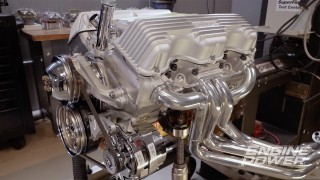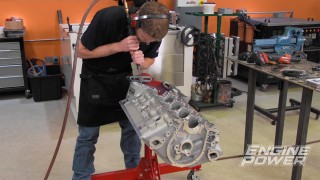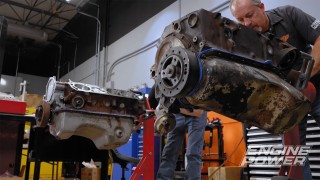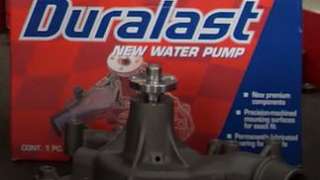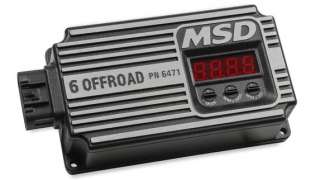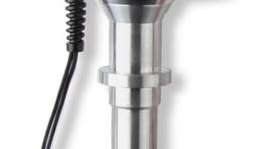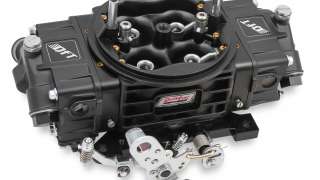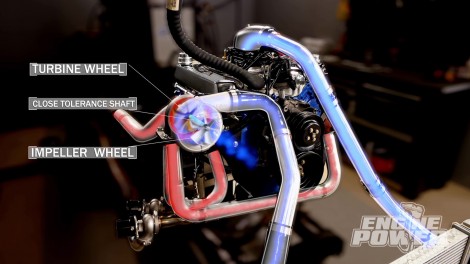
Turbocharging a Stock 460 Big Block Ford for Massive (And Affordable) Power
Not everybody’s got big money to build big power. With that in mind, we turbocharge a bone stock Big Block Ford on the cheap!
Season 10
Episode 5
Hosts: Pat Topolinski, Frankie Forman
First Air Date: April 24, 2023
Duration: 21 minutes 27 seconds




